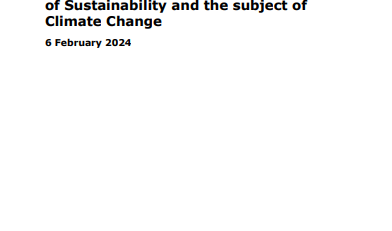Sustainability of pension schemes: Building a smooth automatic balance mechanism with an application to the us social security
By Frédéric Gannon, Florence Legros & Vincent Touzé
We build a “smooth” automatic balancing mecanism (S-ABM) which would result from an optimal tradeoff between increasing the receipts and reducing the expenditures of a pension scheme. The S-ABM obtains from minimizing a sum of discounted quadratic loss function under the constraint of an intertemporal budget balance. One advantage of this model of “optimal” adjustment is its ability to analyse various configurations in terms of ABMs by controlling the adjustment pace. Notably, this S-ABM permits to specify two particular cases we respectively denote “flat Swedish-type ABM” and “fiscal-cliff US-type ABM”. They are obtained by assuming very high adjustment costs on revenue (implying only pension benefit adjustment) and by choosing specific sequences of social time preference rate. We apply this ABM to the case of the United States Social Security to evaluate the potential adjustments necessary to ensure financial sustainability. These assessments are made under various assumptions about forecast time horizon, social time preference and weighting of social costs associated with increased receipts and/or lower expenditures.
Source @CAIRN











